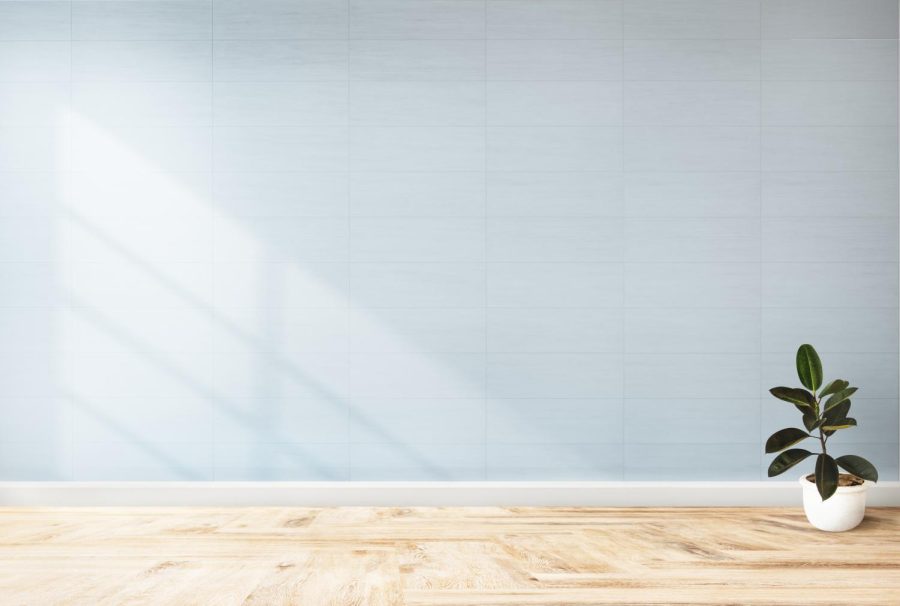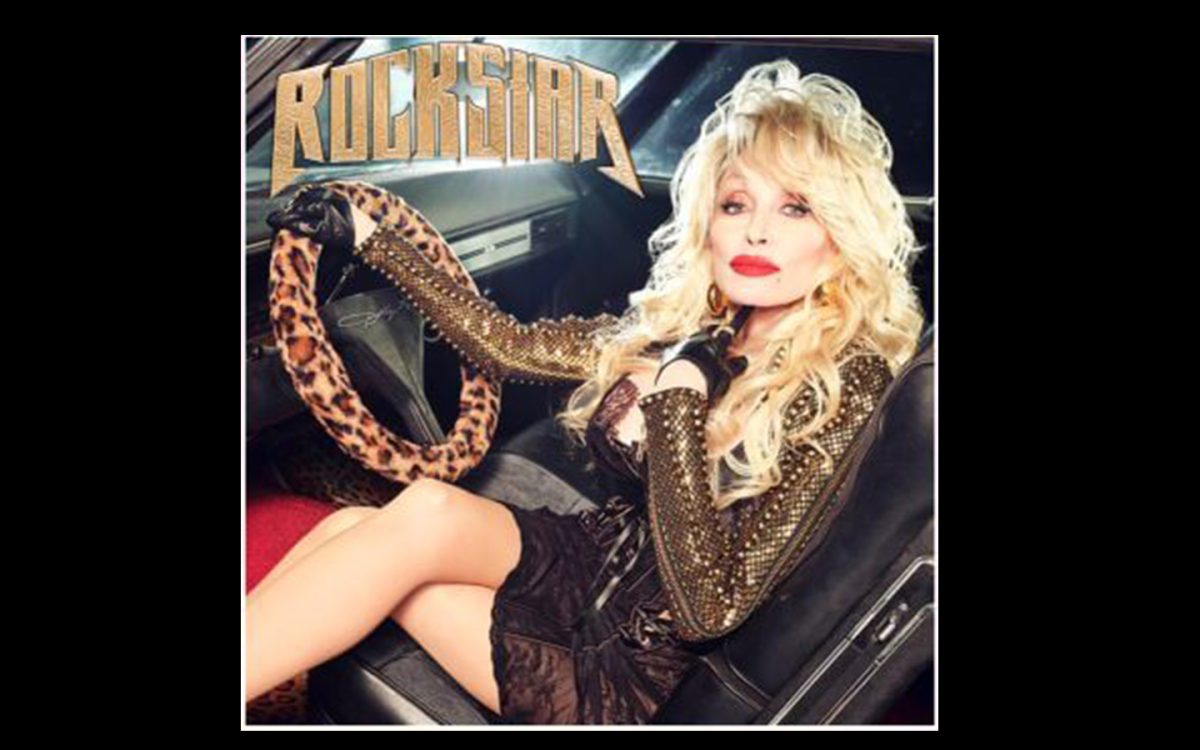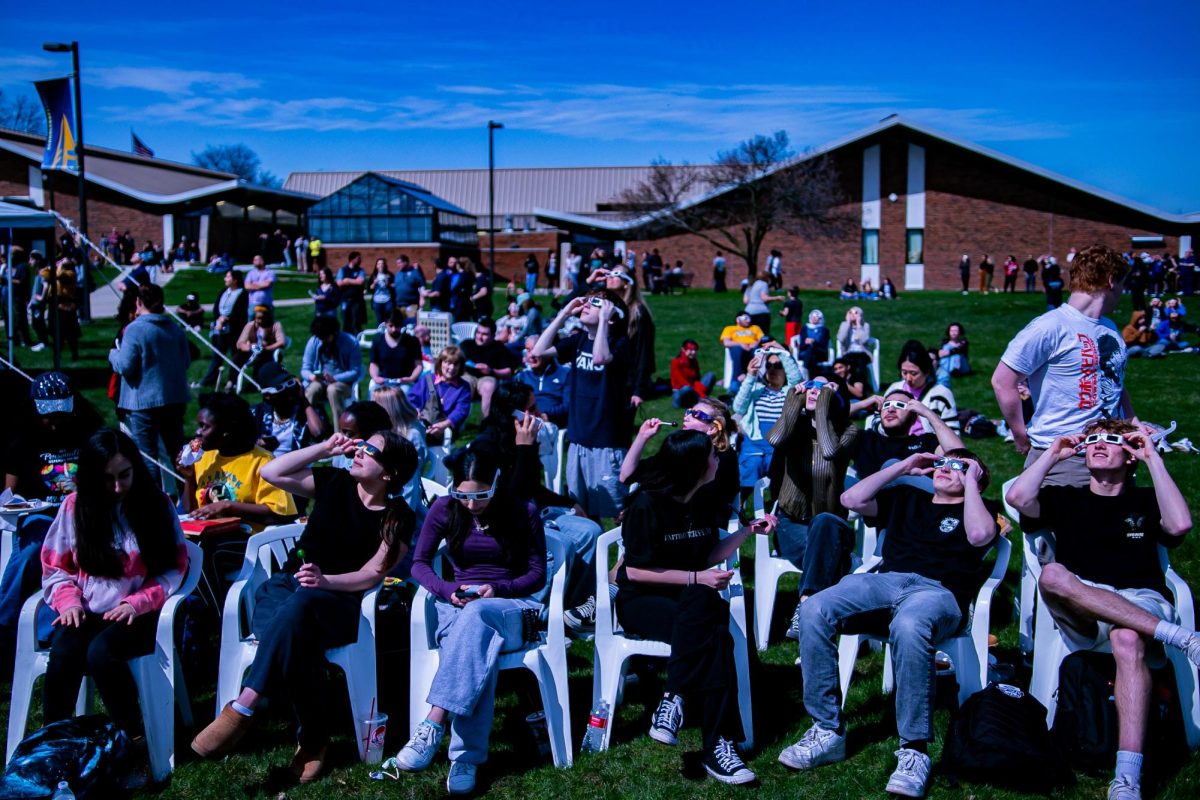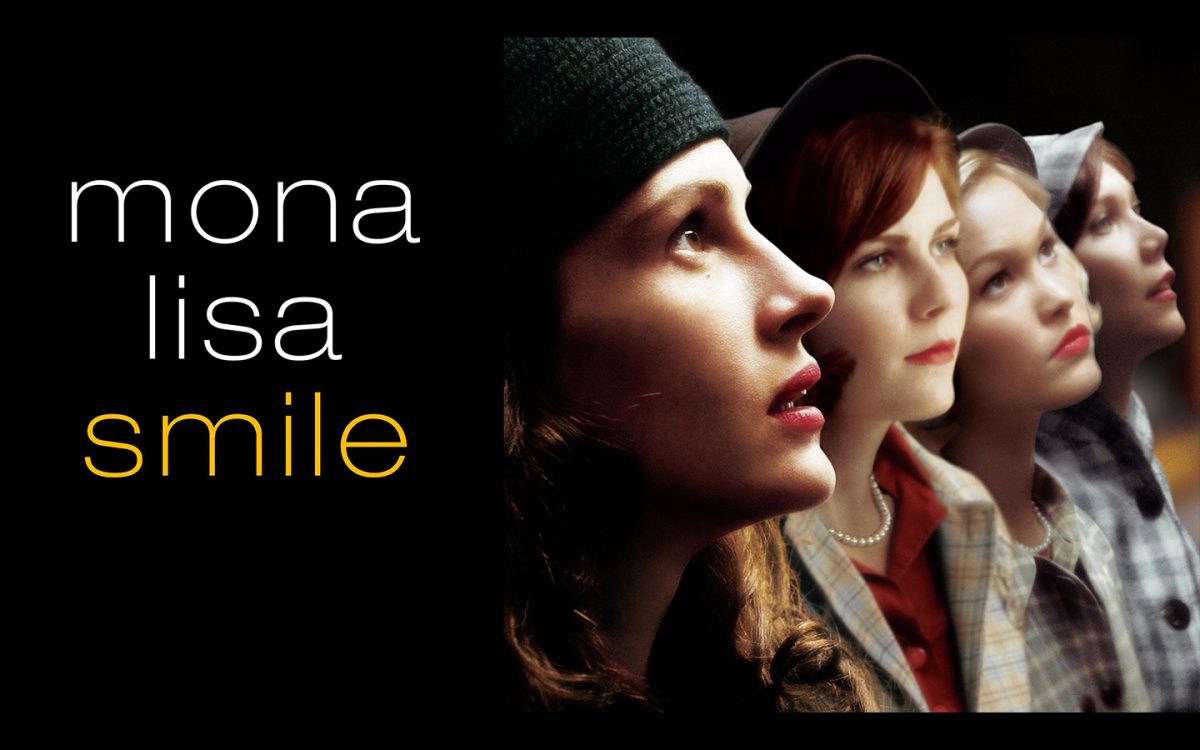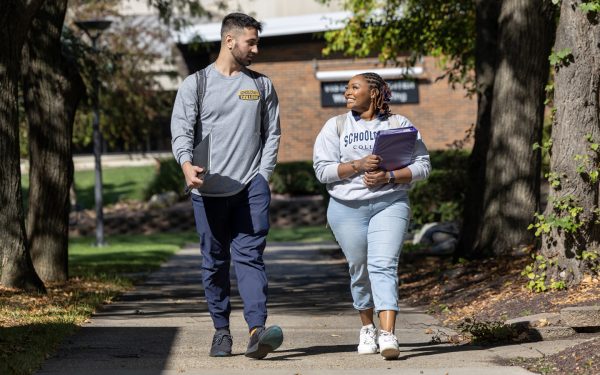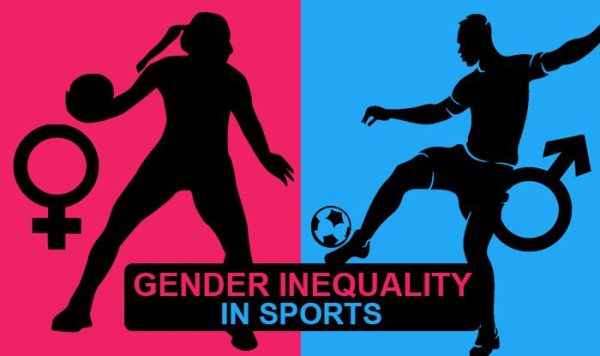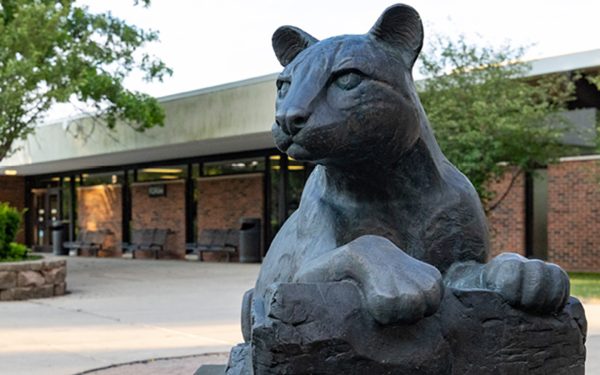Practicing minimalism: Part 1
How adapting minimalism can lead to a balanced lifestyle
March 23, 2023
Ever have a full closet, but feel like you have nothing to wear? Is there stuff in the basement that has been there for years? Ever feel guilty about buying something because it will go to waste? If the answer to any of these questions is yes, it might be time to embrace minimalism.
Today’s world is full of fast fashion, social media trends, consumerism, and too much information. Trends and technology change fast and we have to keep up with them. The latest version of the iPhone this year, becomes old next year. As a result, we often end up with a lot of stuff that might make life easy, but do they make us happier?
Studies regarding materialism, such as a paper published in the journal Motivation and Emotion, Knox College Psychology Professor Tim Kasser shows, through a series of experiments done between six months to 12 years, that when people become more materialistic, their emotional well-being subsides.
Having a lot of stuff does not only impact mental health but our finances and the environment as well. Trends push us to buy new shirts for every holiday and occasion that occur throughout the year and much of the fast fashion goes to landfill. What’s the solution to living a life where we don’t deprive ourselves of the trends but don’t end up with a burden of excessive goods either? Adapting minimalism can help us reach that balance.
I was born in Dhaka, Bangladesh. In 2016, my mother informed me that we were moving to the USA. I was given a medium size suitcase to pack my belongings and the transition of my migration had started that day. While that empty suitcase was staring at me with its mouth open, I looked around my room, trying to decide what I should take. My bed, my desk, all the books that I have read and have not, the watches I hardly wore, my school pencil box with tacky stickers, the collectibles, stuffed toys, 27 years of belongings and memories.
Our stuff isn’t just material, they are our identity, a reflection of our personality, our story and maybe this is why it is so hard to let them go. When I finished packing my suitcase, I felt anxious about forgetting something important, but when I crossed the border, I felt a weight off of my chest. I realized I didn’t miss anything, everything I needed to live was in that suitcase and my memories were within me, safely packed. I recognized I did not need much to live. This is where the idea of living with less and adapting minimalism came into the picture for me.
Minimalism is interpreted as a form of art, a movement in music and architecture and a way of life. Looking back at history, minimalism can be found as early as in Buddhism; as Gautama Buddha said, “The less you have, the less you have to worry about.”
In my six-year journey of practicing minimalism, I learned about the environment, mental health, conscious purchase and conscious waste. Currently, I consider myself a practicing minimalist, and minimalism to me simply means trying to live a simple life.
One might feel overwhelmed about where to start. But everybody’s circumstances are unique. It is up to the individual to decide how far one can go with minimalism.
Visit the Schoolcraft Connection website for continued updates on this minimalism series, however, use your critical thinking to customize your own minimalism.



